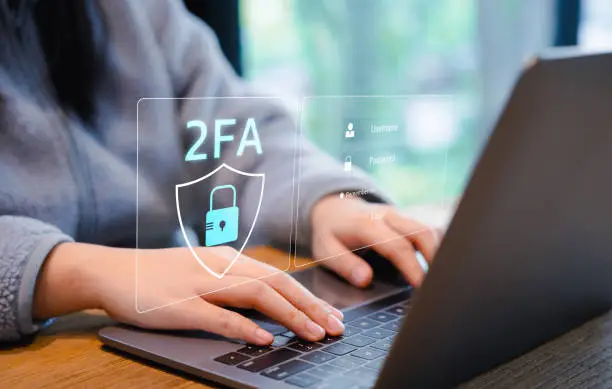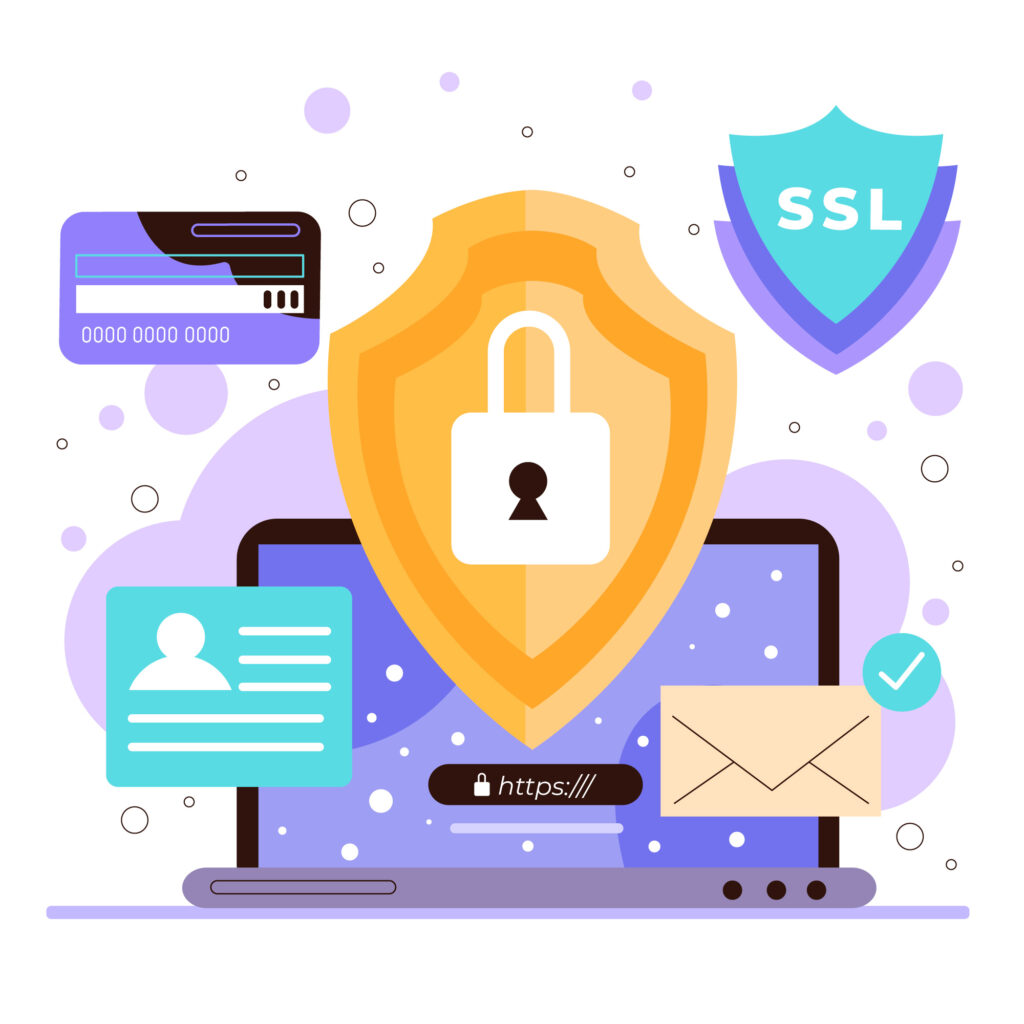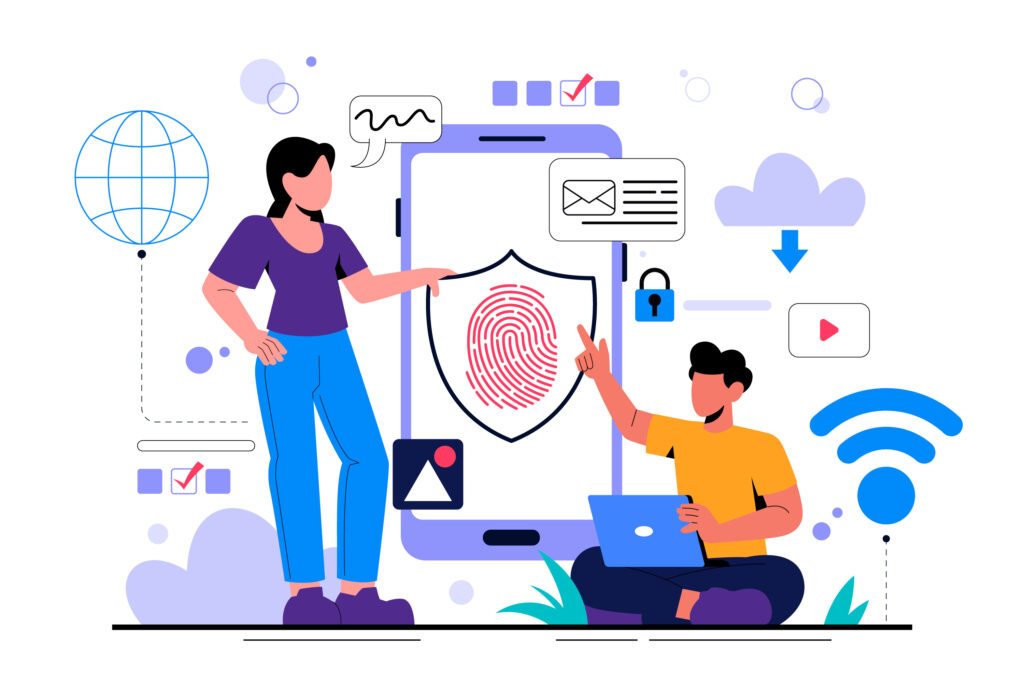In today’s digital world, passwords just aren’t enough to keep us safe anymore. With cyberattacks becoming increasingly sophisticated and frequent, relying solely on a username and password is akin to locking your front door but leaving the key under the doormat. It might seem secure, but it’s easy for the wrong person to get in.
Two-factor authentication here plays a big role in defence, when your password is stolen. 2FA makes sure that your account is safe by incorporating an additional layer of security into your login procedure.
We’ll look at how this works in this blog, why it’s growing in popularity globally, and how easy it is to integrate into your daily digital routine.

What is Two-Factor Authentication (2FA)?
Two-Factor Authentication, also known as two-step verification, is like giving your online accounts a second lock. Instead of depending only on a password, which can be guessed or stolen, two-factor authentication requires a second piece of information, something only the original user should have access to.
The Rise of 2FA in Cybersecurity
Cyber threats aren’t what they used to be; they’ve become smarter, sneakier, and a whole lot more common. That’s why basic security measures just don’t cut it anymore. Enter 2FA, a simple yet powerful way to keep our accounts safe. What started as something only banks or techies used has now gone mainstream. Whether you’re logging into Instagram, checking your cloud storage, or even ordering dinner through a food app, chances are you’ve come across Two-Factor Authentication.
A big reason we’re seeing more people and companies turn to Two-Factor Authentication is because of the sharp rise in phishing scams, data leaks, and identity theft. Hackers are getting clever, but thankfully, users are getting smarter too. To keep up, many platforms have made two-factor authentication a built-in part of their login process.
These days, services like Google, Apple, Instagram, and Amazon don’t just suggest it; they often require you to enable two-factor authentication. And honestly, it’s for good reason. Studies show that turning on Two-Factor Authentication can stop almost all of the automated cyberattacks. That’s a huge win for something so easy to set up.
Types of Two-Factor Authentication Methods
Two-Factor Authentication doesn’t work the same way everywhere, and that’s a good thing. Different apps and websites use different methods to make sure it’s really you logging in. Some ways are quick and super simple, while others give you a bit more security. It really depends on what you’re using and how much protection you’re looking for. Let’s take a quick look at some of the most common types of 2FA you’ve probably come across without even realizing it.

1. SMS-Based Verification
Once you enter the password, you’ll get a one-time code (OTP) sent to your phone via text message. All you have to do is type that code to finish logging setup.
Adv: It is easy to use and works on any phone.
Dis Adv: It’s not the safest option. For the hackers, it may be easy to capture these texts or trick phone companies into transferring your number to a new SIM card.
2. Email-Based Codes
Once you enter the password, a one-time code will be sent to the email address. You can copy the code from the email and the login.
Adv: Since email is the most common and simple platform, it will be comfortable to use.
Dis Adv: If your email is not secured with a strong password, it could be easier to target.
3. Authenticator Apps
Google Authenticator, Authy, or Microsoft Authenticator apps are used to generate time-based codes on your phone.
Adv: It can be used offline, and it is safer than email.
Cons: You will get locked if you lose your phone and don’t have backups.
4. Push Notifications
Apps like Duo or Google Prompt will send a pop-up message – Yes or no for the verification.
Adv: Time saving, safe, and user-friendly.
Dis Adv: Need internet connection and device access.
5. Hardware Security Keys
There are physical devices like a YubiKey or Google Titan Key, which can be plugged into your computer or tapped on your phone to confirm that you are logging in.
Adv: Very secure, scam-resistant.
Disadv: It is expensive and not supported everywhere.
6. Biometric Authentication
You can use your sensors, like fingerprint, face scan, or voice recognition, as a second factor authenticator.
Adv: Very fast, convenient, and can be used in most modern devices.
Disadv: Can be spoofed in rare cases and depends on hardware.
In the new era of technology, we’re seeing different ways to protect ourselves online. Two-factor authentication is just the beginning. We’re also seeing smarter and more seamless ways to keep ourselves safe (such as using a password-less login, using biometric verification, and multi-factor authentication (MFA), which uses several layers of security).
Is two-factor authentication Foolproof? Challenges & Limitations
Yes, Two-Factor Authentication ( 2FA ) is a positive first step on the right path, but not perfect. As with all other security measures, there are flaws and limitations to it, and you will want to be aware of those.
Human Error Still Plays a Role
It’s true that although we now use two-factor authentication, people can still fall for phishing scams. For example, a fake login page can convince you to input your password and your one-time code and give it to the hacker in a matter of seconds.
Device Dependency
Most Two-Factor Authentication relies on your phone. If you lose your phone or switch numbers or accidentally delete your authenticator app (without having a backup ), you’ll have trouble logging back into your accounts, and sometimes you’ll just have to do it by yourself ( without support ).
SMS Isn’t Always Secure
No matter how good SMS based two-factor authentication is, it’s not really a safe choice. You can be targeted by hackers for spying on messages, conducting SIM swap attacks, or getting your mobile provider to move your number across.
Not All Platforms Support Strong 2FA
Some websites genuinely do not support modern Two-Factor Authentication methods ( hardware security keys or an app to use for authentication ), and there are others that just don’t provide any at all.
Overconfidence Can Be Risky
So it’s tempting to feel like you’re all alone, but really, no system is 100% secure. Two-factor authentication should be part of your cybersecurity program, not the whole thing.
Two-Factor Authentication is a great protection, but like all locks, it’s best used properly and with caution. Always use it with special, unique passwords and always be on the lookout for phishing or social engineering. Being aware of your limitations will only improve your security.
Ready to Take Your Cybersecurity Knowledge Further?

Using Two-Factor Authentication is a good first step, but that’s not all there is to protect yourself from cyber threats today. If you want to learn about how cyber threats work, how to avoid hackers, and even build a career in cybersecurity, you’re in the right place.
simple, practical, and powerful.
As data breaches and cyberattacks become a daily problem, protecting your accounts is no longer an option. It’s a necessity. Turning on Two-Factor Authentication is one of the easiest and best methods to keep your digital accounts safe. It’s only a couple of minutes to set up, and it can save you days of stress.
In a digital world, where your business presence, ad accounts, and client data all live online, protecting your platforms is no longer just a concern; it’s a necessity. One gap can damage your brand, campaigns, or even lose valuable customer trust. That’s why setting up Two-Factor Authentication ( 2FA ) is important and necessary.
